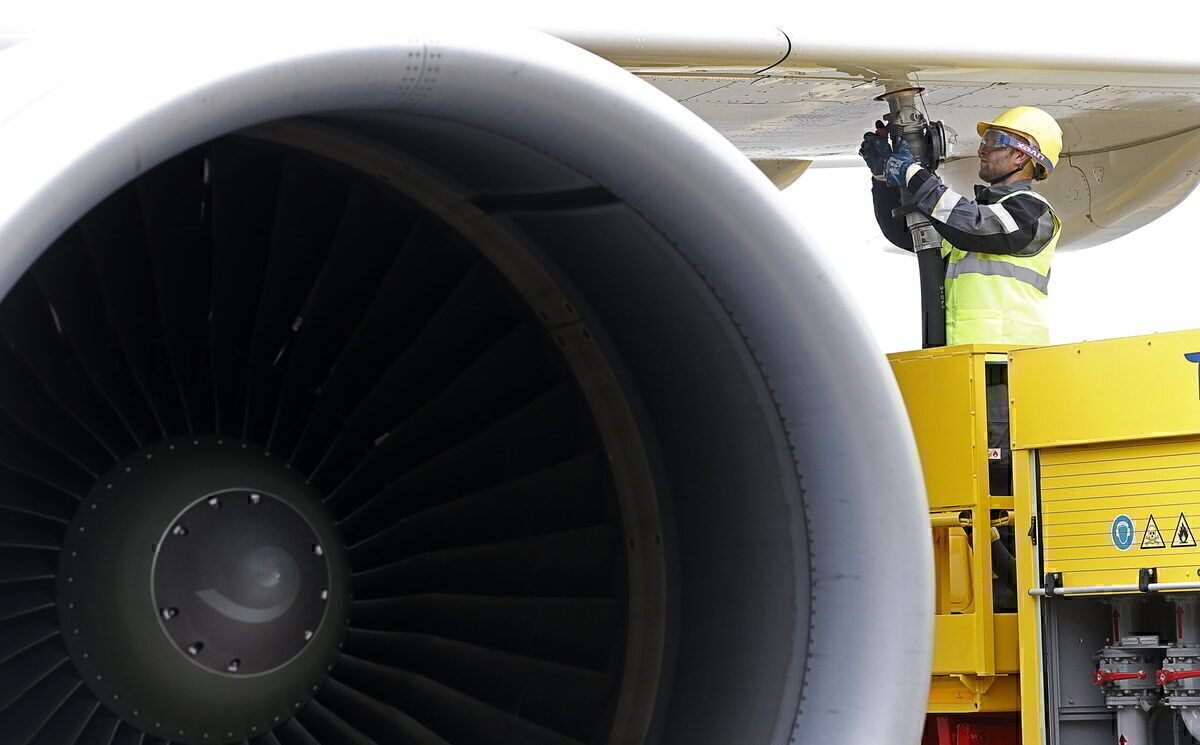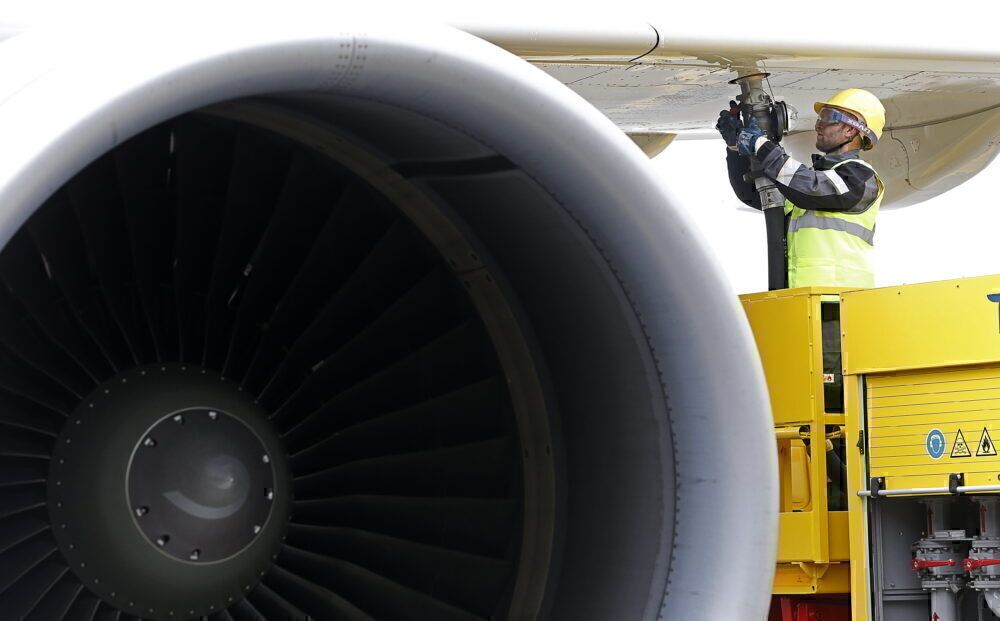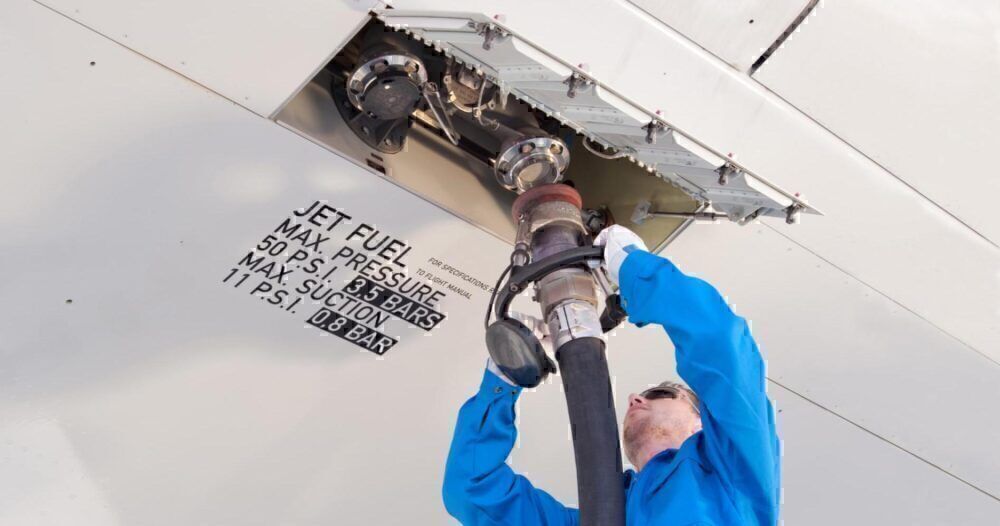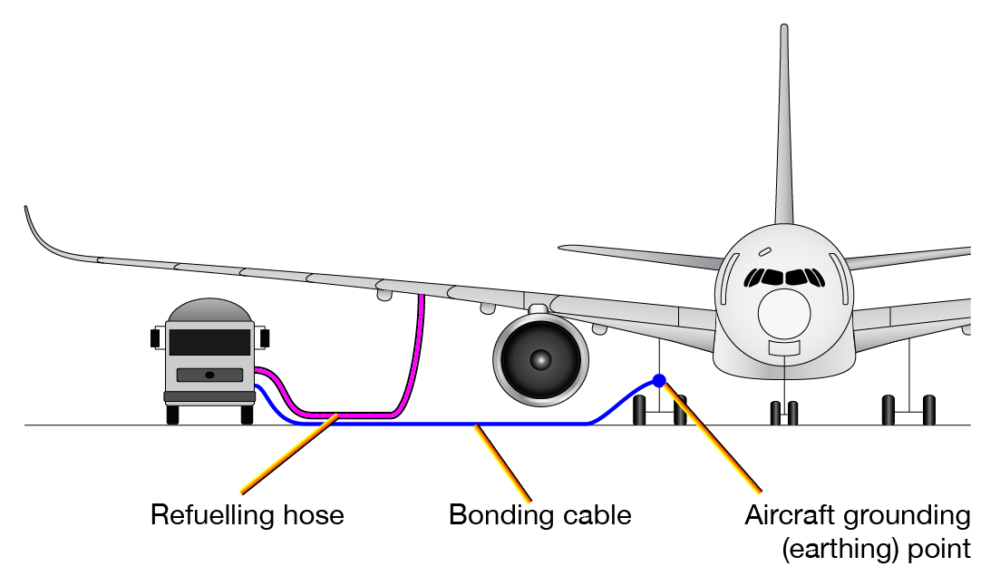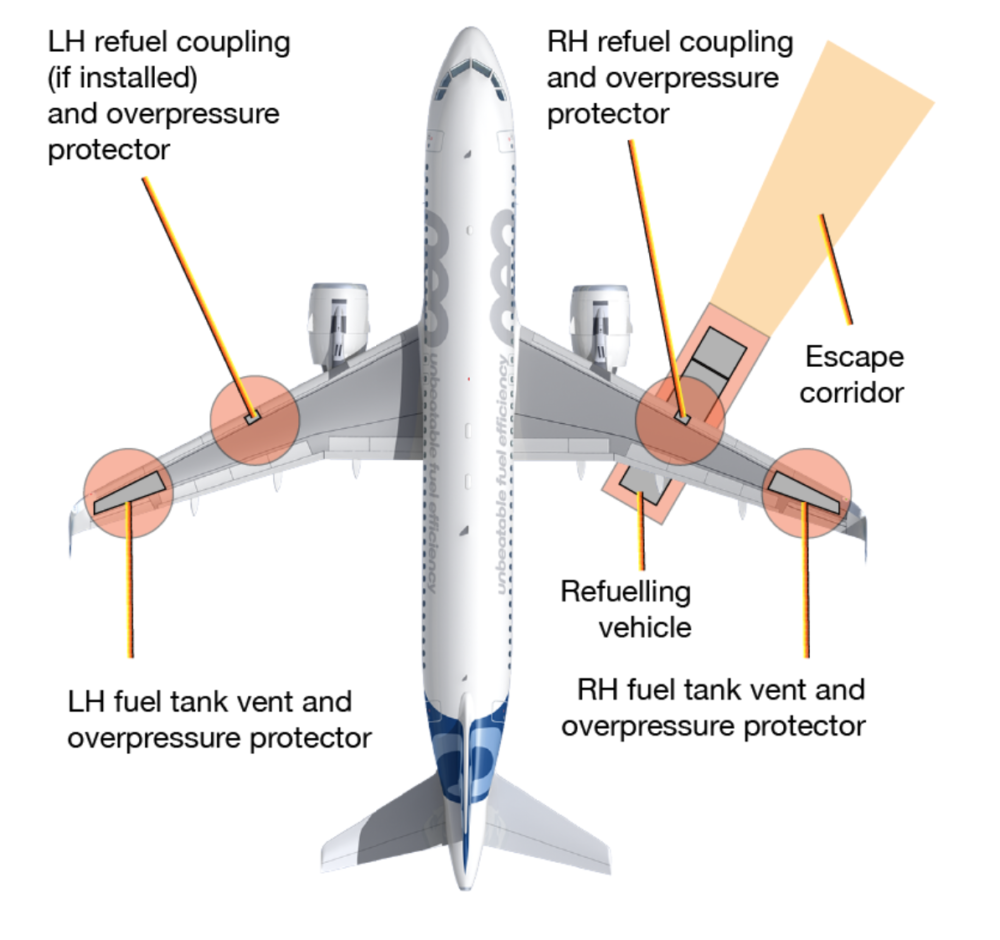An obviously critical part of an aircraft's time on the ground is the refueling process. But for something that happens just meters away from passengers getting seated in the cabin, this activity is a little more complex than filling up the average car at the local service station. Let's take a look at how aircraft are refueled.
The first step: bringing fuel to the aircraft
Upon the successful parking of an aircraft, either at the airport terminal ramp or at a remote stand, an aircraft fueler is dispatched to the aircraft to begin the process. This will happen as soon as possible as time is of the essence, particularly for those short turnarounds!
In some cases, a fuel truck will position itself under the wing of the aircraft or close to it for jets that are lower to the ground. This position should be close enough to the receptacle to connect the hose but far enough away to avoid a collision.
In the case of larger airports, fuel may not be delivered in the tank of a truck. Instead, pipes from storage tanks away from the terminal carry fuel to the apron. This fuel is accessed via hydrants at the ramp.
The Petroleum Equipment Institute notes that in the case of a hydrant connection, a hose will first go from a special truck or fuel servicing cart to the hydrant. Then, the other end is connected to equipment on the hydrant truck, which separates any water from the fuel that may be present. This equipment will also filter and meter (measure) the fuel. After it has been filtered and metered, the fuel flows through a second hose, which is connected to the airplane fuel tank.
One interesting note is that FAA regulations prohibit the presence of smoking equipment such as cigarette lighters and ashtrays on vehicles. In fact, if a vehicle includes such equipment when initially procured, it must be removed or rendered inoperable.
Stay informed: Sign up for our daily aviation news digest.
Where is the fueling point on an aircraft?
Smaller aircraft have fueling ports on top of the wing. However, on most commercial aircraft, the fuel port/receptacle is located under the wing. This is known as a single point fueling system, which refers to the fact that the aircraft can be refueled from this one location despite the presence of various tanks within both aircraft wings and potentially also in the center or rear of the fuselage.
According to Flight Mechanic, this system uses receptacles in the bottom leading edge of the wing to fill all the tanks thereby decreasing the time it takes to refuel the aircraft. The aircraft automatically balances the fuel in each tank.
A single point fueling system will also serve to limit contamination, and reduce the chance of static electricity igniting the fuel.
Safety checklist
Flight Mechanic notes that a long checklist of safety precautions must be taken prior to fueling. While we won't list every single point here, there are a few precautions that you may not think about right away:
- Ensure all aircraft electrical systems and electronic devices, including radar, are turned off.
- Empty shirt pockets of any items, as they could fall into the fuel tanks.
- Do not fuel aircraft if there is a danger of other aircraft in the vicinity blowing dirt in the direction of the aircraft being fueled.
Getting connected
A very important step in getting connected to the aircraft's fuel tanks is to first a ground wire. This is because the flowing movement of flammable liquids, such as gasoline within a pipe or hose, can build up static electricity. An electrostatic discharge has the risk of igniting fuel vapor.
Therefore, a ground wire is connected from the fuel truck to the aircraft in a process known as bonding. Airbus' guide on safe refueling states that "bonding ensures electrical continuity between the aircraft and the refueling vehicle, preventing any spark to appear when the ground operator connects the refueling hose to the aircraft coupling."
Once the aircraft is grounded, the technician will connect the fuel hose to the aircraft. Depending on the height of the aircraft, some 'assistance' may be required in the form of a lift for higher jets, and stairs for those lower to the ground.
Fuel quantity is another key factor to be aware of as well, something that pilots must be aware of in terms of weight management and range. Taking into account the aircraft's flight and refueling schedule, the fuel quantity is calculated by the airline and sent to the refueling technician. This may even be displayed on screens at the ramp.
Letting the fuel flow
An airplane burns a lot of fuel during a flight. The heavier an aircraft, the higher its rate of fuel burn. According to Mint, a Boeing 747 consumes approximately four liters per second, or 240 liters per minute, and 14,400 liters per hour. This much fuel requires massive tanks, which would of course take a considerable amount of time to fill up.
There are a number of factors that dictate how long it takes to refuel an aircraft. They include:
- How much fuel is required, determined by the aircraft and its destination;
- Whether the fuel is coming from a truck or a hydrant (a truck may have to make multiple trips);
- How many fueling points are being used. Larger aircraft may have one point with two connections, allowing for two hoses. Others refuel with a hose under each wing.
In general, fueling may take anywhere from half an hour to an hour. With turnaround times as little as 30-40 minutes, this is why you may have flight attendants instruct you to keep your seatbelt unfastened while the aircraft is being refueled. This safety precaution is to assist in a faster evacuation should a fueling mishap occur.
Wrapping it up
Once fueling is complete, the fuel hose and grounding cable are disconnected. JetBlue notes that a refueler will then prepare a fuel slip indicating the amount of fuel pumped. This is then given to the airport team for accounting purposes.
Indeed, fueling an aircraft is mainly about safety - and with large jets and tens of thousands of liters of flammable liquid flowing, there is indeed much to be aware of!
How much of the refueling process did you know about before reading this article? Let us know in the comments.

